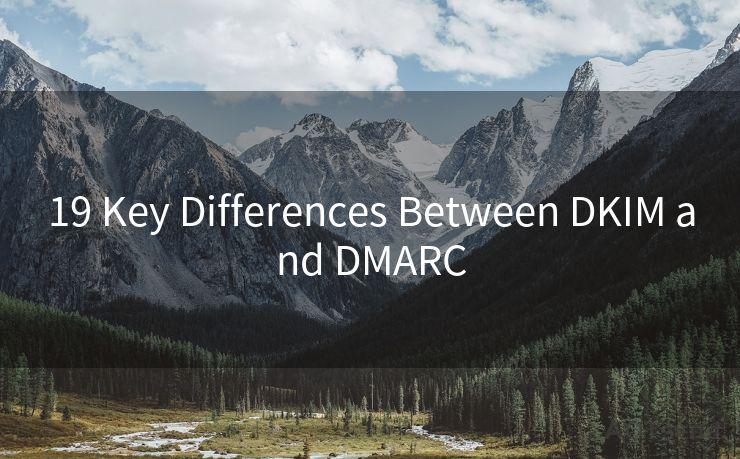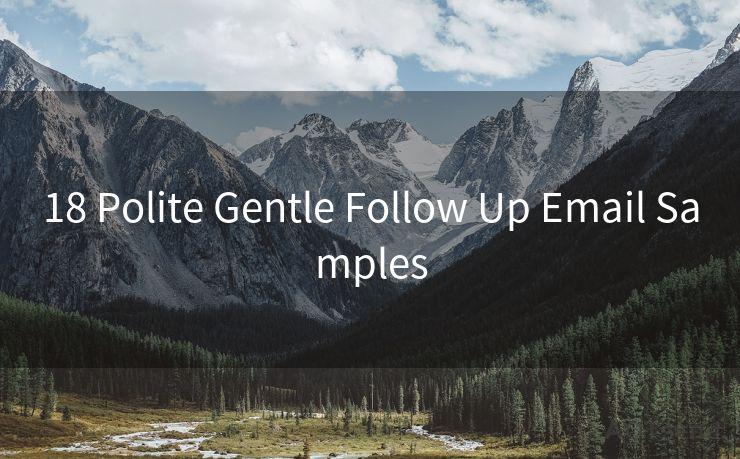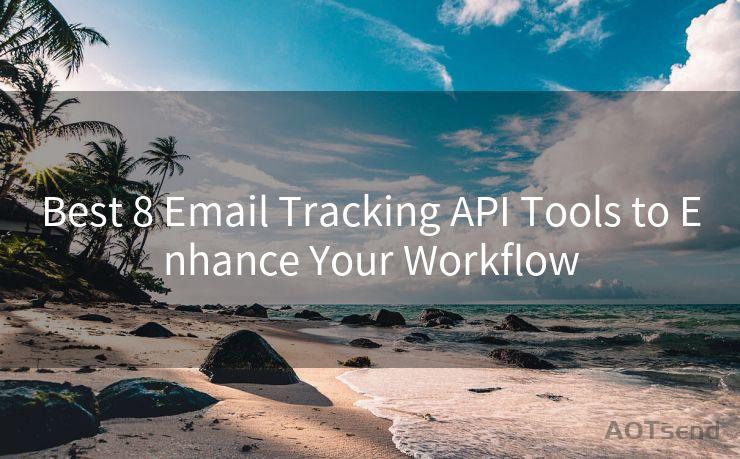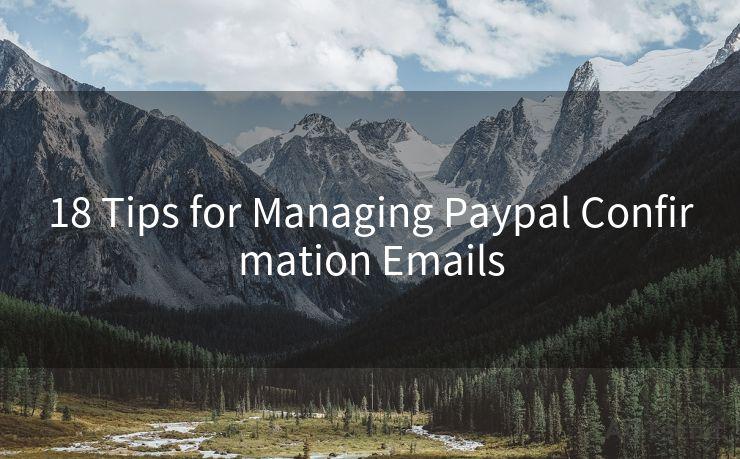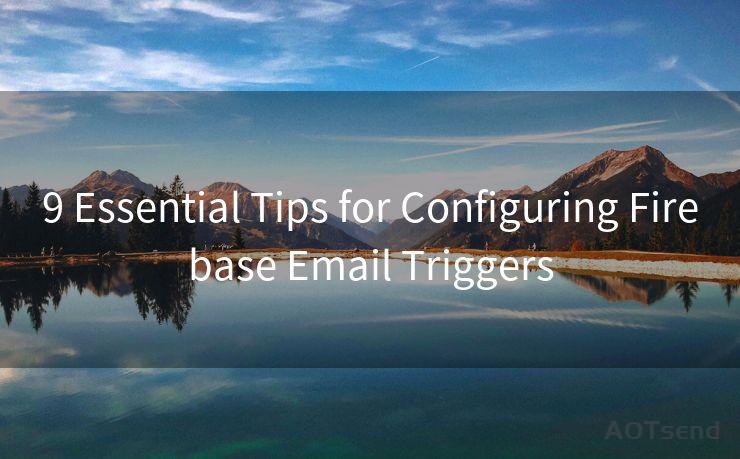19 Gmail API PubSub Best Practices




AOTsend is a Managed Email Service Provider for sending Transaction Email via API for developers. 99% Delivery, 98% Inbox rate. $0.28 per 1000 emails. Start for free. Pay as you go. Check Top 10 Advantages of Managed Email API
When integrating with the Gmail API using PubSub (publish-subscribe) notifications, it's crucial to follow best practices to ensure efficient and reliable communication. Here are 19 essential best practices to keep in mind when implementing Gmail API PubSub.
1. Understand the PubSub Model
Before diving into the integration, it's important to have a clear understanding of the PubSub model. This model allows applications to subscribe to specific events, such as new email arrivals, and receive notifications when these events occur.
2. Set Up Proper Authentication
Ensure that your application is properly authenticated with Google's OAuth 2.0 to access the Gmail API. This authentication is essential for secure communication and accessing user data.
3. Register for the Right Topics
When subscribing to notifications, carefully select the topics you need. For example, if you only need to know about new emails, subscribe to the inbox topic.
4. Manage Subscriptions Wisely
Regularly review and manage your subscriptions. Unsubscribe from topics that are no longer relevant to reduce unnecessary notifications.
5. Handle Notifications Promptly
When notifications are received, process them promptly to avoid backlogs and delays. Implement robust error handling to manage any potential issues during notification processing.
6. Validate Notifications
Always validate incoming notifications to ensure they originate from the Gmail API. This helps prevent potential security risks and spoofed messages.
7. Optimize Polling Frequency
If using polling in addition to PubSub, optimize the polling frequency to balance data freshness and system load. Avoid excessive polling that can lead to unnecessary API calls.
8. Monitor and Log Activity
Maintain detailed logs of all API activity, including subscriptions, notifications, and any errors encountered. This aids in troubleshooting and performance monitoring.
9. Use Exponential Backoff for Retries
In case of failures during API calls, implement exponential backoff for retries. This prevents overwhelming the API with repeated failed requests.
10. Keep Up with API Updates
Regularly check for Gmail API updates and adapt your code accordingly. Google continuously improves its APIs, and staying up to date ensures optimal performance.
11. Secure Your Credentials
Protect your API credentials and never expose them in client-side code. Use secure methods to store and access these credentials.
12. Test in a Sandbox Environment
Before deploying to production, thoroughly test your integration in a sandbox environment. This helps identify and resolve potential issues early on.
13. Monitor Quota Usage
Keep track of your API quota usage to avoid hitting limits that could disrupt your service. Plan accordingly if your application requires high volumes of API calls.
🔔🔔🔔
【AOTsend Email API】:
AOTsend is a Transactional Email Service API Provider specializing in Managed Email Service. 99% Delivery, 98% Inbox Rate. $0.28 per 1000 Emails.
AOT means Always On Time for email delivery.
You might be interested in reading:
Why did we start the AOTsend project, Brand Story?
What is a Managed Email API, Any Special?
Best 25+ Email Marketing Platforms (Authority,Keywords&Traffic Comparison)
Best 24+ Email Marketing Service (Price, Pros&Cons Comparison)
Email APIs vs SMTP: How they Works, Any Difference?
14. Leverage Batch Processing
When possible, use batch processing to combine multiple API requests into a single call. This reduces latency and improves efficiency.
15. Implement Caching Strategies
For frequently accessed data that doesn't change often, consider implementing caching strategies to reduce unnecessary API calls.
16. Handle Rate Limiting Gracefully
Be prepared to handle rate limiting gracefully. If your application exceeds the allowed request limit, implement backoff strategies to avoid further restrictions.
17. Use the Appropriate API Version
Ensure you're using the latest stable version of the Gmail API for optimal performance and security.
18. Document Your Integration
Maintain detailed documentation of your Gmail API integration. This aids in onboarding new team members and troubleshooting complex issues.

19. Stay Connected with the Community
Participate in Google's developer community to stay informed about best practices, upcoming changes, and receive support from other developers.
By following these best practices, you can ensure a smooth and efficient integration with the Gmail API using PubSub notifications. Remember to continually monitor and optimize your implementation to adapt to changing needs and API updates.




AOTsend adopts the decoupled architecture on email service design. Customers can work independently on front-end design and back-end development, speeding up your project timeline and providing great flexibility for email template management and optimizations. Check Top 10 Advantages of Managed Email API. 99% Delivery, 98% Inbox rate. $0.28 per 1000 emails. Start for free. Pay as you go.
Scan the QR code to access on your mobile device.
Copyright notice: This article is published by AotSend. Reproduction requires attribution.
Article Link:https://www.aotsend.com/blog/p5615.html

